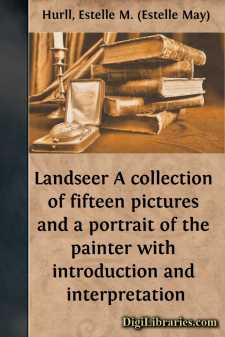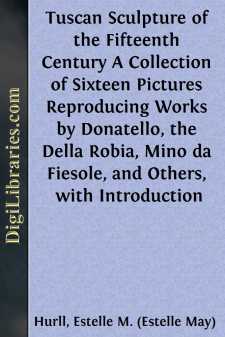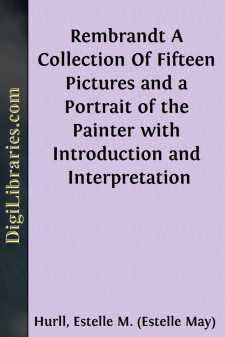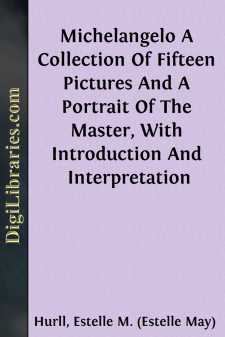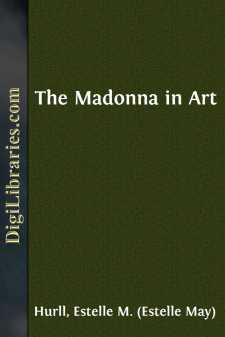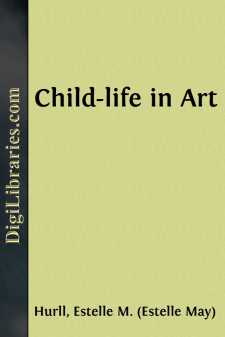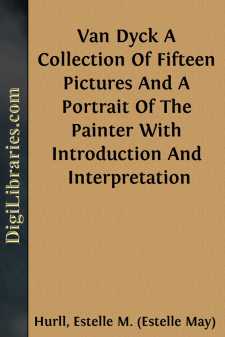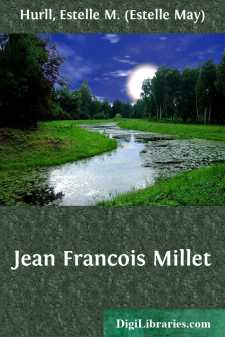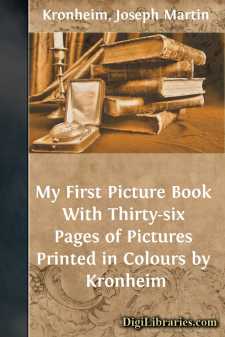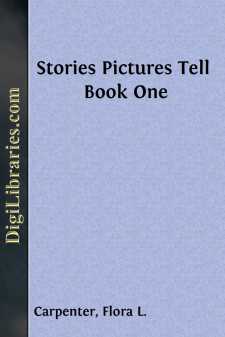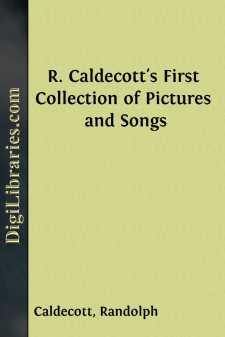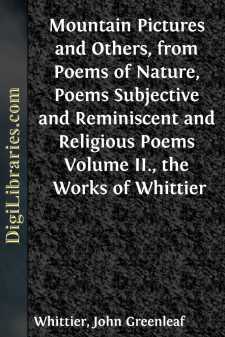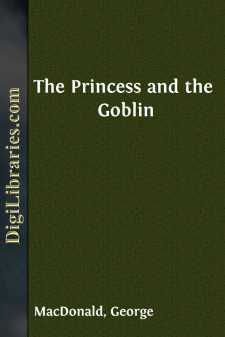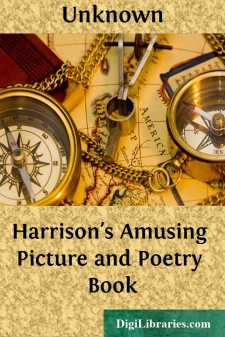Categories
- Antiques & Collectibles 13
- Architecture 36
- Art 48
- Bibles 22
- Biography & Autobiography 813
- Body, Mind & Spirit 142
- Business & Economics 28
- Children's Books 17
- Children's Fiction 14
- Computers 4
- Cooking 94
- Crafts & Hobbies 4
- Drama 346
- Education 46
- Family & Relationships 57
- Fiction 11829
- Games 19
- Gardening 17
- Health & Fitness 34
- History 1377
- House & Home 1
- Humor 147
- Juvenile Fiction 1873
- Juvenile Nonfiction 202
- Language Arts & Disciplines 88
- Law 16
- Literary Collections 686
- Literary Criticism 179
- Mathematics 13
- Medical 41
- Music 40
- Nature 179
- Non-Classifiable 1768
- Performing Arts 7
- Periodicals 1453
- Philosophy 64
- Photography 2
- Poetry 896
- Political Science 203
- Psychology 42
- Reference 154
- Religion 513
- Science 126
- Self-Help 84
- Social Science 81
- Sports & Recreation 34
- Study Aids 3
- Technology & Engineering 59
- Transportation 23
- Travel 463
- True Crime 29
Landseer A collection of fifteen pictures and a portrait of the painter with introduction and interpretation
Description:
Excerpt
I. ON LANDSEER'S CHARACTER AS AN ARTIST.
If the popularity of a painter were the measure of his artistic greatness, Sir Edwin Landseer's would be among the foremost of the world's great names. At the height of his career probably no other living painter was so familiar and so well beloved throughout the English-speaking world. There were many homes in England and America where his pictures were cherished possessions.
While popular opinion is never a safe basis for a critical estimate, it must be founded on reasons worth considering. In the case of Landseer there is no doubt that a large element in his success was his choice of subjects. The hearts of the people are quickly won by subjects with which they are familiar in everyday life. A universal love for animals, and especially for domestic pets, prepared a cordial welcome for the painter of the deer and the dog. His pictures supplied a real want among the class of people who know and care nothing about "art for art's sake."
The dramatic power with which Landseer handled his subjects was the deeper secret of his fame. He knew how to tell a story with a simple directness which has never been surpassed. With almost equal facility for humor and pathos, he alternated between such inimitable satire as the Jack in Office and such poignant tragedy as the Highland Shepherd's Chief Mourner. Before pictures like these, the keenest criticism must confirm the popular verdict. Poetic imagination is one of the most coveted of the artist's gifts, and Landseer's rich endowment commands universal admiration.
The artist who is a story teller finds it one of the most difficult tasks to keep within proper limits. He is under a constant temptation to emphasize his point too strongly, to exaggerate his meaning in order to make it plain. That Landseer never fell into such error none would dare to claim. In interpreting the emotions of dumb animals he sometimes overdrew, or seemed to overdraw, their resemblance to human beings. Only those who have observed animals as closely as he—and how few they are—are competent to decide in this matter. When one thoroughly considers the question, the wonder is less that he sometimes made mistakes, than that he made so few. As a sympathetic critic has said: "Nothing short of the most exquisite perception of propriety on his part could have enabled him to give innumerable versions of the inner life of animals with so little of the exaggeration and fantasticalness which would have easily become repugnant to the common sense of Englishmen."
Henrietta Keddie ("Sarah Tytler").
Among Landseer's technical qualities the critic has highest praise for his drawing. He was a born draughtsman, as we see in the astonishing productions of his boyhood. He was besides a painstaking and faithful student in the youthful years when the foundations of good work must be laid. Another valuable quality was his artistic discrimination, that which a certain critic has called "the selective glance that discerns in a moment what are the lines of character and of life." Seizing these, he transferred them to his canvas in the decisive strokes which reproduce not merely the body but the vitality of the subject.
His dexterity in texture-painting was remarkable. The glossy coat of the bay mare, the soft long hair of the Newfoundland dog, the polished surface of metal, were rendered with consummate skill. There are marvellous tales of the rapidity of his workmanship. In the moment of inspiration his practised hand made the single telling brush stroke which produced the desired effect.
With apparently little systematic effort towards orderly composition, he often felt his way instinctively, as it were, to some admirable arrangements. He sometimes showed a feeling for pose almost plastic in quality, as when he painted A Distinguished Member of the Humane Society and The Sleeping Bloodhound. His sense of the picturesque is quite marked. He was fond of sparkle, and disposed very cleverly the points of bright light in his pictures.
Landseer's admirers are wont to regret that he devoted himself to so limited a range of subjects. The patronage of the rich absorbed much of his time in unimportant work,—time which might better have been spent in those works of creative imagination of which he showed himself capable. His pictures of deer subjects reveal an otherwise unsuspected power in landscape-painting which with cultivation might have led him into another field of success. In portrait-painting, too, his work was admirable, especially in the delineation of children.
It is idle to speculate upon what he might have been had he not been what he was. Much greater artists than he might well envy him his unique fame. To exceptional artistic ability he united a sympathetic imagination which divined some of the most precious secrets of common life. It was his peculiar glory that he touched the hearts of the people.
In the year following Landseer's death (i.e., in 1874), a memoir of the painter was published by F. G. Stephens, made up in part of material previously issued by the writer on the Early Works of Landseer. A few years later (in 1880), this memoir served in turn, as the substantial material, revised and somewhat enlarged, for Stephens' biography of Landseer in the series "Great Artists." Besides Stephens, Cosmo Monkhouse has devoted valuable critical work to the art career of Landseer. Full of suggestive and illuminating comment is his large volume "The Works of Sir Edwin Landseer, with a History of his Art Life." The book is illustrated with forty-four engravings....


